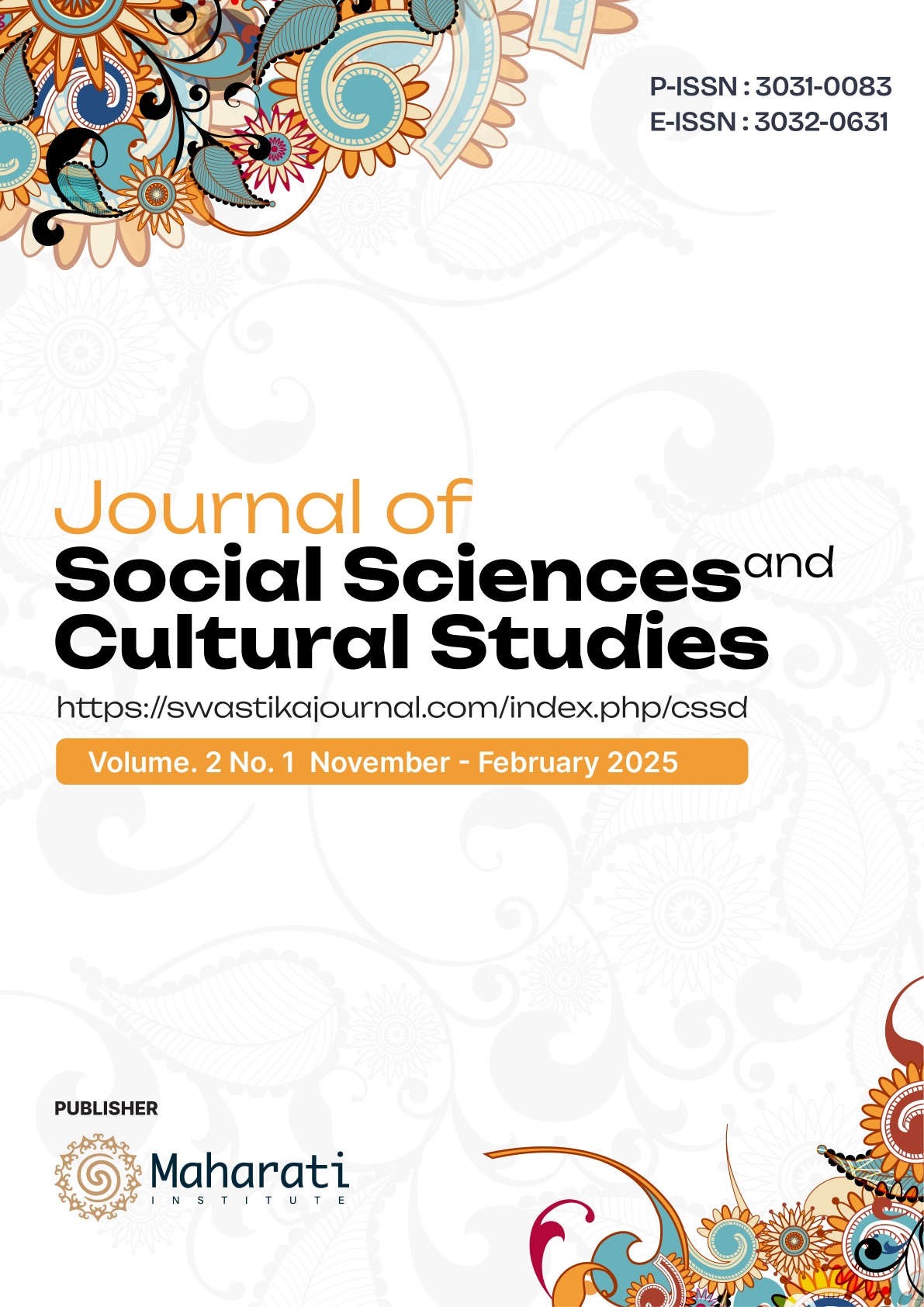Strategies For Handling Delinquent Behavior Problems in Children at SDN Jeron Boyolali Through a Psychological Approach
DOI:
https://doi.org/10.61857/jsscs.v2i1.118Keywords:
Delinquent behavior, psychological approach, counseling guidanceAbstract
There is a problem of delinquent behavior among children at SDN Jeron Boyolali. The main focus is on creating a safe and conducive learning environment. Child delinquency, which often takes the form of aggressive behavior, defiance, or Disruption of classmates, can affect the learning process teaching and create tension in the school environment. Handling This problem requires a more holistic approach, where factors in Child psychology need to be understood in depth. A focused psychological approach to understanding children's emotional and social needs and helping them develop skills in managing emotions and behavior. The handling strategy implemented at SDN Jeron Boyolali involves several key steps. First, the application of counseling guidance to help the child understand and overcome possible feelings of frustration or anxiety is the root of their delinquency problem. School counselors work with teachers and parents to design specific interventions according to each child's needs. Second, positive reinforcement through Rewarding or recognizing a child's good behavior can increase their self-confidence and motivation to behave better. Also creates an environment that supports children's psychological development more positively. Apart from that, the psychological approach also involves involving parents in changing children's behavior. Parents are expected to set an example and communicate openly with their children to reduce stress or tension at home. Training program for parents about parenting that supports the emotional development of children can also be done as part of the strategy. With that approach involving all parties, including teachers, counselors and parents, the problem of delinquency in children is expected to be minimized so that children can develop optimally in a healthier and more harmonious school environment.
References
Bandura, A. (1973). Social Learning Theory.
Bronfenbrenner, U. (1979). The Ecology of Human Development: Experiments by Nature and Design. https://doi.org/10.4159/9780674028845
Erikson, E. H. (1963). Childhood and Society WW Norton & Company.
Piaget, J., & Inhelder, B. (2008). The psychology of the child. Basic books.
Skinner, B. F. (1965). Science and human behavior (Issue 92904). Simon and Schuster.
Ulita, N., Maria, O. P., & Khan, A. (2024). Implementasi Creativepreneurship Berbasis Multidisiplin dalam Pengabdian Masyarakat untuk Peningkatan Kesejahteraan Sosial. ADI Pengabdian Kepada Masyaraka, 5(1), 57–64. https://doi.org/10.34306/adimas.v5i1.1149
Zasriati, M. (2021). Peranan Kredit Usaha Pemberdayaan Masyarakat Dalam Meningkatkan Pendapatan Petani Kentang di Kecamatan Kayu Aro: Studi Kasus Kelompok Tani Mekar Sejati Desa Sungai Rumpun. Al Dzahab: Journal of Economics, Management, Business and Accounting, 2(2), 53–58. https://doi.org/10.32939/dhb.v2i2.947
Zatadini, N., Iqbal, M. G., & Viqria, A. A. (2023). Perempuan dan Kesetaraan Gender: Analisis Teoritis dalam Perspektif Filsafat Hukum. Jurnal Hukum Legalita, 5(2), 232–239.
Downloads
Published
Issue
Section
License
Copyright (c) 2025 Ela Rosalinda Suthon MUHAMMAD

This work is licensed under a Creative Commons Attribution-NonCommercial 4.0 International License.
Creative Commons Attribution-NonCommercial 4.0 International License.














